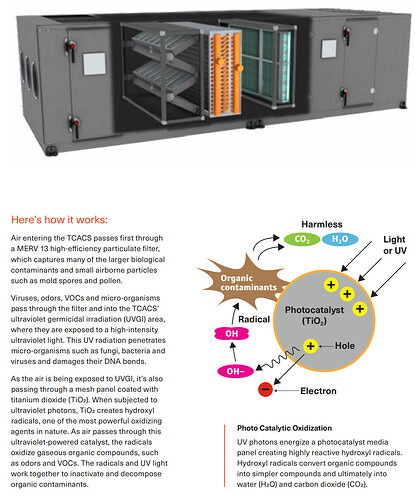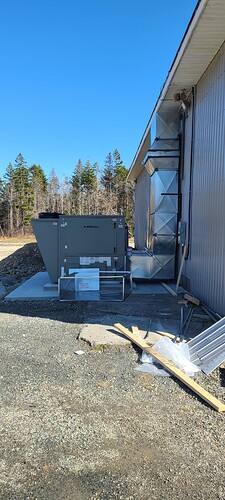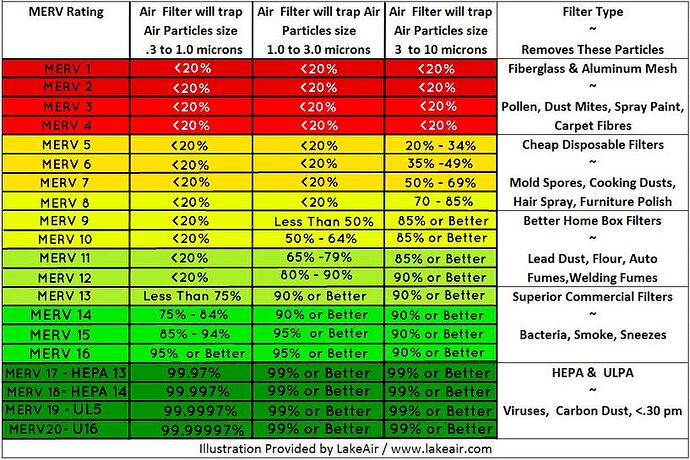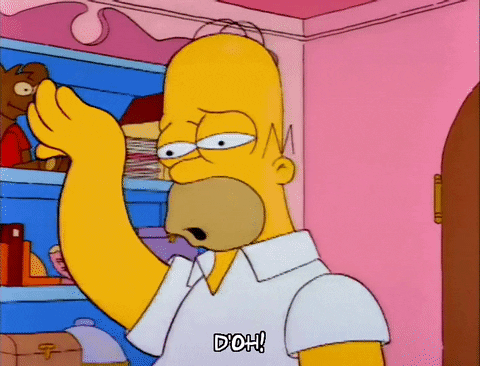I assume the ProGuard cataltist is titinatum.
Entry-level consumer air sanitizers that use photocatalytic oxidation (PCO) aren’t a good choice for cannabis cultivation due to the dangerous byproducts formed under high humidity (>60%) and elevated CO2. Byproducts include ozone, formaldehyde, acetaldehyde, formic acid, and acetic acid. PCO typically uses titanium as the catalyst and is activated with UV. Unfortunately, many entry-level consumer air sanitizers marketed to growers use poorly desinged PCO/titanium or inappropriate technology, including ozone and ROS.
I can’t say if the ProGuard releases those harmful byproducts, but my guess is they do, considering their price and size. I would request information from the company to verify whether they release any byproducts, including ozone, formaldehyde, and acetaldehyde. The last two are produced in the most significant amounts by entry-level PCO systems.
Many consumer PCO air sanitizers don’t do a great job sanitizing the air because PCO doesn’t deactivate microbes without additional UV-C. They are geared more toward VOC removal, and they are poorly designed with limited efficacy lifetime.
NASA initially developed PCO to remove VOCs, including ethylene, while in space. It’s great for homes with average humidity (<50%) and CO2 (<600 ppm) levels. But the entry-level PCO systems are not great for grow rooms.
The major VOC growers need to be concerned about is ethylene because high ethylene concentrations are toxic to plants, causing leaf chlorosis, stunted plants, and small flowers. In an air-sealed grow room with CO2 enrichment that doesn’t exhaust any air, ethylene released by flowering plants can quickly build up to toxic levels once the lights turn off.
Some HVAC companies manufacture high-quality PCO systems that do not release those dangerous byproducts and are effective in high humidity and elevated CO2. The TCACS system by TRANE is an excellent example of effective and safe PCO with UV-C germicidal irradiation at the tune of $25,000. What I don’t like about TRANE’s TCACS is the MERV 13 filter because humidity (>60%) reduces filtration efficacy, so frequent changes are necessary.
I am consulting on the final stages of phase 1 built-out and operation for a large cultivation and processing facility in northern MI. The 20,000 cubic foot phase 1 grow rooms were designed and built before I was hired. Unfortunately, following the advice of other facility owners, the owners went with an individual heat pump mini-split per grow room (no HVAC). So for those rooms, plus the veg room, drying room, and extraction lab, I’m using the Sanuvox GrowSaver GC S1000-OC (one per room). I’m using the GrowSaver GC S300 – G2 for the kitchen and post-harvest quarantine and trim/manufacture rooms. I’m adding Sanuvox UV-C bars into the HVAC air handler (and maybe specific duct locations) that feeds all rooms except the grow rooms. For phase 2 build-out, I plan to use TRANE chiller/boiler HVAC for all grow rooms and install their TCACS system for odor, VOC, and germicidal control.
Air Cleaners to avoid for the Cannabis Grower: PCO, TiO2, Hydroxyl Radical OH- or R.O.S products
Sanuvox GC S1000 – OC
Cultivation Room Odor Control Option with Air Disinfection System
The Sanuvox Green Clean S1000-OC unit combines the synergistic capabilities of high intensity germ killing UV-C with a proprietary gas phase cannabis odor filter to reduce heavy cannabis odor within the cultivation rooms and to kill harmful biological contaminants, without producing ozone. Powdery Mildew, Botrytis, mold, and bacteria are destroyed by the (4) high intensity UV-C lamps, and the heavy cannabis odors are reduced with the use of the new GC S1000-OC model.
Engineered for rooms up to 25,000 cubic feet*, the GC S1000-OC unit continually disinfects and destroys odor at a performance rate of up to 99%. It is designed to be a self-operating unit that can be mounted onto a ceiling or a wall.
Sanuvox GC S300 – G2
Stand Alone UVC / HEPA Filter Air Disinfection System
The Sanuvox Green Clean S300-G2 unit combines the synergistic capabilities of high-intensity UVC, carbon and HEPA filtration to capture and kill harmful biological and chemical contaminants found within a Cannabis grow facility. Contaminants such as Powdery Mildew, Botrytis, molds, bacteria and associated odors are all disinfected or eliminated with the use of the GC S300-G2 model, without producing ozone.
Engineered for rooms up to 6,500 cubic feet* with no HVAC system, the GC S300-G2 unit continually recirculates and disinfects the air at a minimum of 3 to 8 times per hour depending on operational conditions. It is designed to be a self-operating unit that can be mounted onto a ceiling or a wall.
Trane TCACS
Trane Catalytic Air Cleaning System
The TCACS is far more than an air filter. It’s a one-of-a-kind blend of three technologies: filtration, germ-killing ultraviolet light, and a photocatalytic oxidation (PCO) process.




